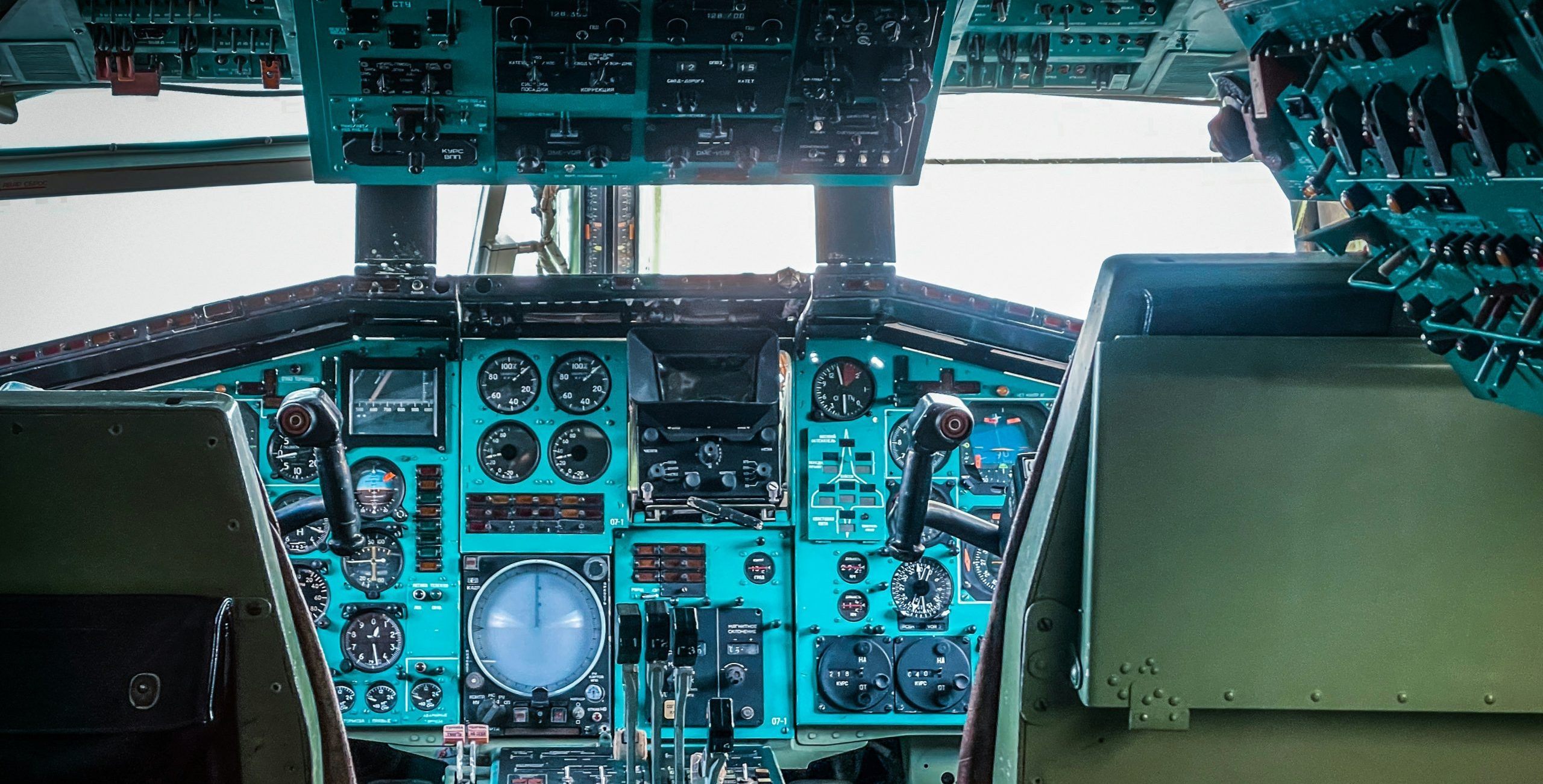Introduction: Flying has become an integral part of modern life, connecting people and goods across vast distances with remarkable speed and efficiency. At the heart of every aircraft’s ability to soar through the skies lies a complex array of systems, each performing a crucial role in ensuring the safety, comfort, and functionality of the aircraft. In this article, we embark on a comprehensive journey through the various systems that make modern aircraft possible, exploring their functions, components, and the intricate interplay that keeps aircraft flying safely.
The Anatomy of an Aircraft: Before delving into the specifics of aircraft systems, it’s essential to understand the basic structure of an aircraft. Whether it’s a small single-engine plane or a large commercial airliner, all aircraft share common elements:
- Airframe: The airframe serves as the structural framework of the aircraft, providing support for the various components and systems. It consists of the fuselage (the main body), wings, empennage (tail section), and landing gear.
- Powerplant: The powerplant, typically consisting of one or more engines, generates the thrust needed to propel the aircraft forward. Depending on the type of aircraft, powerplants may be piston engines, turboprop engines, turbofan engines, or turboshaft engines.
- Avionics: Avionics, short for aviation electronics, encompass the electronic systems used for navigation, communication, and flight control. These systems include instruments, radios, navigation aids, autopilot systems, and flight management systems.
Now, let’s explore some of the key systems that contribute to the operation and functionality of an aircraft:
- Flight Control System: The flight control system is responsible for controlling the aircraft’s attitude, direction, and altitude during flight. It consists of primary flight controls, such as ailerons, elevators, and rudders, which are used to maneuver the aircraft, as well as secondary controls, such as trim tabs and spoilers, which help fine-tune its performance.
- Navigation System: The navigation system provides pilots with the information needed to determine the aircraft’s position, course, and altitude relative to the Earth’s surface. This system typically includes instruments such as GPS receivers, inertial navigation systems (INS), and radio navigation aids (e.g., VOR, DME).
- Communication System: The communication system enables pilots to communicate with air traffic control (ATC) and other aircraft while in flight. It includes radios, transponders, and other equipment for transmitting and receiving voice and data communications.
- Electrical System: The electrical system provides power to the aircraft’s various electrical components and systems, including avionics, lighting, and cabin amenities. It typically includes generators or alternators, batteries, distribution panels, and wiring.
- Fuel System: The fuel system stores, manages, and delivers fuel to the aircraft’s engines. It includes fuel tanks, pumps, filters, valves, and fuel lines, as well as indicators and gauges to monitor fuel quantity and consumption.
- Hydraulic System: The hydraulic system provides power to operate various aircraft systems, such as landing gear, brakes, and flight control surfaces. It uses hydraulic fluid to transmit pressure from a hydraulic pump to hydraulic actuators, which convert fluid pressure into mechanical motion.
- Environmental Control System: The environmental control system regulates the temperature, humidity, and pressurization of the aircraft’s cabin to ensure the comfort and well-being of passengers and crew. It includes air conditioning units, pressurization controllers, and ventilation systems.
- Landing Gear System: The landing gear system supports the aircraft during takeoff, landing, and ground operations. It typically consists of wheels, tires, shock absorbers, and retractable mechanisms, which allow the landing gear to be stowed in the aircraft’s fuselage during flight.
Conclusion: In conclusion, the operation of modern aircraft is made possible by a complex network of interconnected systems, each performing a specific function critical to the aircraft’s performance, safety, and functionality. From flight controls and navigation systems to communication, electrical, and environmental control systems, every component plays a vital role in ensuring the aircraft’s ability to navigate the skies safely and efficiently. As aviation technology continues to advance, these systems will evolve to meet the demands of an ever-changing industry, further enhancing the safety, reliability, and capabilities of aircraft for generations to come.

